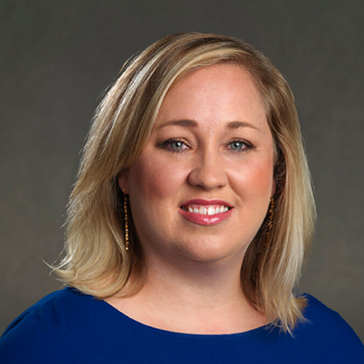When Mike Petrilli of the Thomas B. Fordham Institute declared an “accountability design competition” on January 5, 2016, with a submission deadline of January 26 and a 2,000 word count limit, we jumped right in.
The competition asked for submissions to design indicators, metrics and school ratings for an elementary school within the Every Student Succeeds Act (ESSA) framework of academic achievement, based on annual assessments, academic growth, English language proficiency and other indicators of student success or school quality. No small task, but we love a challenge. With no time to lose we assembled a small but mighty team of Education First’s most creative thinkers, quant geeks and accountability experts.
And our hard work paid off – last Thursday, Fordham named our submission as one of 10 finalists, and on Tuesday, February 2, we’ll be in DC to present it before a panel of judges and a live audience. We’re excited to be in the running with some of the most well-respected education leaders out there: Chris Hoffman and a team of Policy Fellows from Teach Plus; Lydia Burns and the Student Voice Team at the Prichard Committee for Academic Excellence; Dale Chu and Eric Lerum at America Succeeds; Chad Aldeman at Bellwether Education Partners; Sherman Dorn at Arizona State University; Josh Boots at EmpowerK12; Ronald F. Ferguson at Harvard University and Tripod Education Partners, Inc.; Morgan S. Polikoff, Matthew Duque and Stephani Wrabel from the University of Southern California and Baltimore County Public Schools; and Richard J. Wenning of the BeFoundation and SpreadMusicNow.
Here’s your cheat sheet on our submission:
Next-generation accountability systems must inspire schools and their communities to lift the achievement of all graduates to college- and career-ready levels. School rating systems must pinpoint challenges, spur more innovation and inspire much broader local support if these ratings are to provoke lasting change. We’ve learned from the current accountability system that we’ve got a long way to go. Our proposed system is designed to protect the state’s role in monitoring school quality, to foster more educator and community engagement, and to avoid taking a short-sighted view based on today’s backlash-driven malaise.
Our design builds upon the belief that the academic achievement and growth of every child is most important—especially so for children of color and those from low-income communities—and that non-test academic indicators should round out the picture of student and school success. We have imagined a system to guide resource allocation and rally school teams, school boards, communities and funders to the cause.
1) We must give all students our attention but focus on closing achievement gaps.
A high-quality education is the best way to improve the odds for all young people. No gaps are more pernicious or more at odds with the promise of America than gaps among whites and people of color and among youth at opposite rungs of the socioeconomic ladder. Given our nation’s shifting demographics—in which people of color are on a trajectory to surpass whites as the majority (some estimate within 25 years)—there are few goals that should be more important to our nation than closing these persistent gaps. We place our democracy, economy and standing in the world at risk if we do not. With more than 51% of American students on free and reduced-price lunch, we must also attend to the needs of low-income students. Our design emphasizes “targeted subgroups” and “gap-closing” to incent attention to race/ethnicity subgroups and low-income students.
2) Local communities should have real decision-making authority in accountability system design.
Past accountability systems were the darlings of policymakers, think tanks, foundations, editorial boards and advocates; they rarely had the support of educators, school communities and the public writ large. They were too often equated with excessive testing that many parents picking up their children after school tell each other “takes time away from learning.” Our design provides school communities the opportunity to select additional indicators and measures in every component through discussion of what matters most to them, to share that publicly and to commit to work that addresses goals the community develops. Our design also acknowledges that one size does not fit all. It allows communities to apply for waivers to experiment with new assessments and processes, such as measuring growth more frequently or measuring growth to competency.
Tune in on Tuesday, February 2, from 3:30-5:30 pm ET to watch the finalist presentations. We’ll update this blog after the competition with our reflections on what we learned in the process. In the meantime, let us know what you think of our submission, and wish us luck!

